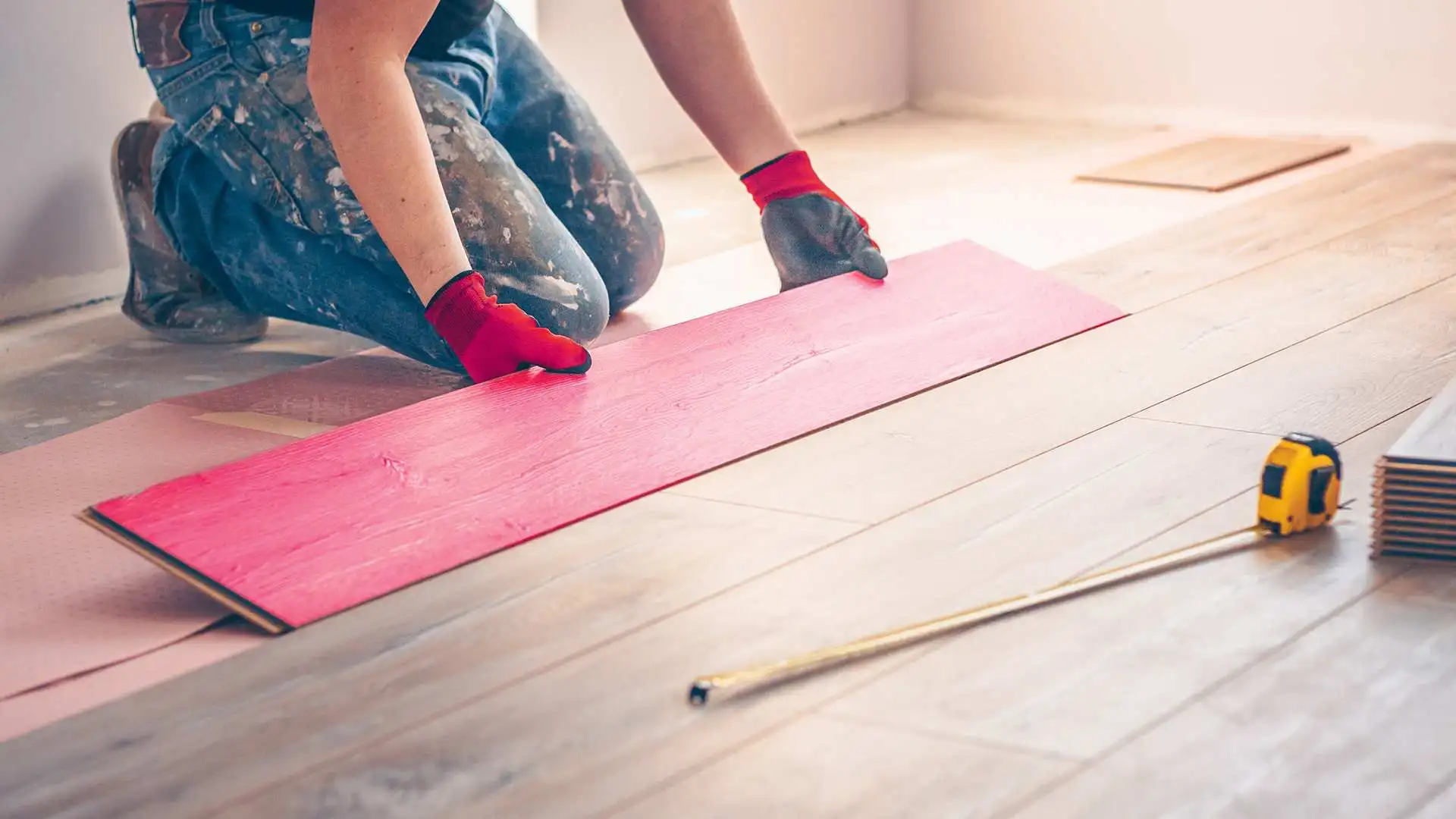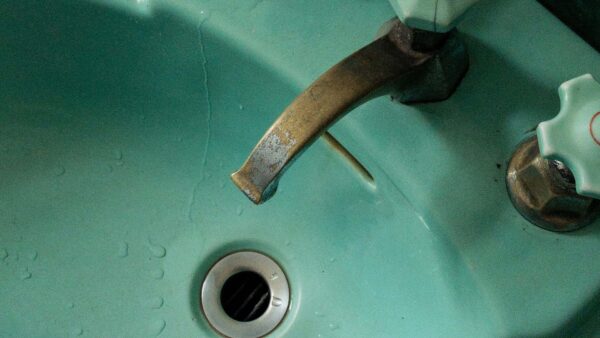Your floor installation business is in high demand. Homeowners know that nothing spruces up an older home or condo unit quite like a beautiful new hardwood or laminate floor. But there are also risks involved in installing flooring, and you need to be aware of what they are so that you can properly train your staff, keep your customers happy and keep your business insurance premiums under control.
We’re lucky at Mitch to partner with some of the leading providers of contractors insurance in Ontario. We spoke to some of their claims experts about their experiences with floor installation businesses, and they were happy to share with us what kinds of claims they see. Now we’re sharing it all with you.
Errant screws and nails
We don’t need to tell you that you need third-party liability insurance. Most builders, general contractors or homeowners who hire you are going to insist on this. Well, one big reason is that floor installers make quite a few claims related to screws and nails that go where they shouldn’t. That can mean you hit wiring in the floor, or plumbing, or a pipe that’s part of a radiant heating system.
This happens more often than you think, and the problem is that you don’t always know right away. If you hit a pipe, the screw may temporarily seal the hole it creates. Then, months or even years later, rust sets in and you have a leak. By the time anyone notices and turns off the water, it could cause tens of thousands in water damage, and the homeowner will likely sue your business to recover the costs.
Lost and stolen tools
If you run a floor installation business, you want to make sure that you have enough coverage for the tools and equipment you use every day. You don’t know how essential they are until you notice they’re gone. And that happens all too often, particularly for flooring businesses, because the tools of your trade are in high demand, and very easy for thieves to resell on the black market. You may think nobody wants your old utility knife, t-square, laminate cutter, nail gun, laser level, miter saw etc., but they do, and that’s what makes stolen tools the second most common type of claim for your profession.
Common claim scenario
You are on a big job putting in hardwood as part of a new condominium development. You leave your tools out while you quickly go to the coffee shop to grab some lunch. During the day, the site is not terribly secure, with a lot of people coming and going all the time. When you return, more than half your tools are gone. You still need to finish the job, so thankfully you have tools insurance, which pays for rental tools for a few days until you’re able to replace the tools you lost.
- Cost to replace tools: $8,750
- Cost for rental tools: $1,100
- Total claim: $9,850
Tips for avoiding claims
Claims sometimes happen and there’s nothing you could have done to prevent it. But more commonly, when a claim is made on a contractors insurance policy, there are measures that could have been taken to prevent the loss, or at least to mitigate the cost.
To guard against losing your tools, make sure that you and your employees keep proper track of them. While working, leave any tools you’re not using in your truck, and make sure it’s locked at all times. If you have a job that goes longer than a day, never leave your tools at the worksite, unless there is somewhere to keep them under lock and key.
Stray screws and nails may be tougher to guard against. You should get a sense from the client where all plumbing and power lines run, but it’s never as exact as you’d hope. If you suspect that a nail or a screw might have hit something other than wood, pull it back out right away. If you see water, at least you know right away, you can shut off the water supply and dramatically reduce how much water escapes. That will, in turn, reduce the cost of any claim.
It’s almost never the primary contractor or business owner who is responsible for a loss. So make sure to invest in proper training and supervision for junior staff, until you are certain that they are able to do the job on their own. It will cost you a little more, but it will pay off in the long run, with happy customers and fewer mishaps.
Flooring installers insurance usually includes coverage for:
- General liability (protecting your business from legal action)
- Tools and equipment (if they are stolen, damaged or destroyed in a fire)
Other coverage to consider:
- Business auto insurance – Any car or truck owned by the business needs commercial auto insurance coverage. On the other hand, if you use your personal vehicle to get to and from job sites, you should talk to your broker about whether your personal auto insurance policy is sufficient. Don’t assume. You may end up voiding your coverage.
- Business property insurance – You only need a property insurance policy if you have an office or shop. If you work out of your home, ask your home insurance provider if you need additional coverage for business-related contents like tools or supplies.
- Installation floater – protects equipment and stock which is lost or damaged in transit to, or at your worksite before it is permanently installed or fitted. If you have several thousand dollars worth of hardwood for a big commercial job, this coverage is essential.
Learn more about insurance for painting contractors
[Our thanks to Joanne Carmody from Travelers Canada, one of our trusted contractors insurance partners, who agreed to share her expertise for this piece.]
Looking for contractor insurance?
Speak with a Mitch Insurance broker today to get a quote on Ontario contractor insurance. Learn more >
Call now
1-800-731-2228







